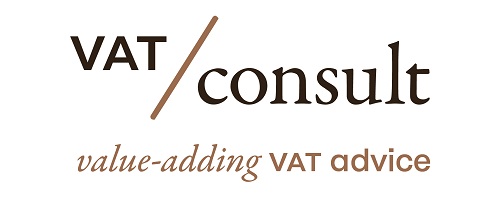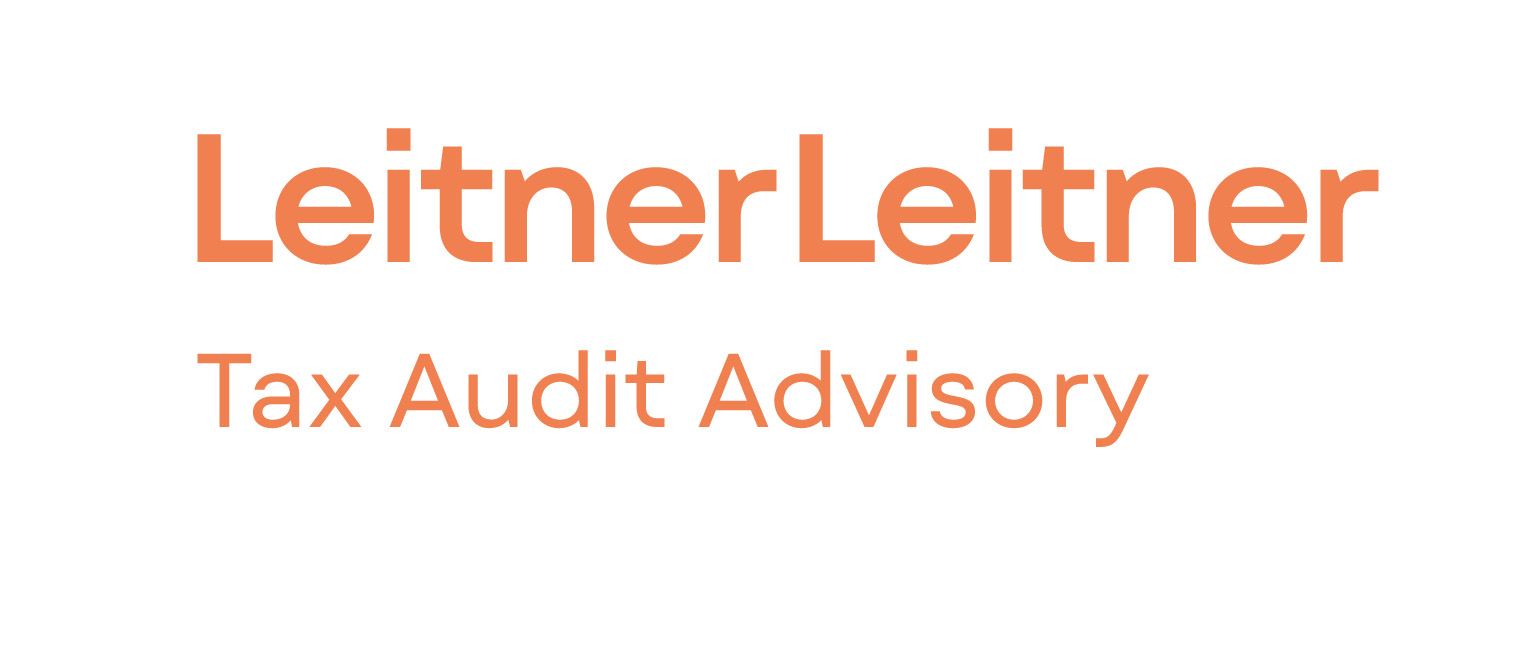Value-added taxes (VAT) make up approximately one-fifth of total tax revenues in European Union countries. However, countries differ significantly in how efficiently they raise VAT revenue. One way to measure a country’s VAT efficiency is the VAT Gap—the difference between revenue that should be collected under an ideal VAT system and the amount that gets collected. The difference in actual and potential VAT revenues is due to 1) a lack of VAT compliance (the “Compliance Gap”), and 2) policy choices to exempt certain goods and services from the VAT or tax them at a reduced rate (the “Policy Gap”).
Source: taxfoundation.org
Latest Posts in "European Union"
- VAT Neutrality and Tax Fraud: Implications of Recent Jurisprudence
- Blog Luc Dhont: How Can Multinationals Comply with VAT on Transfer Pricing Adjustments Post-ECJ Arcomet?
- ECJ Opinion Sheds Light on VAT for Ancillary Services in German Accommodation Sector
- Briefing document & Podcast – C-409/04 (Teleos): Physical Movement & Supplier Due Diligence Key for Intra-EU VAT Exemption
- EU boosts tax cooperation with Andorra, Liechtenstein, Monaco, and San Marino














